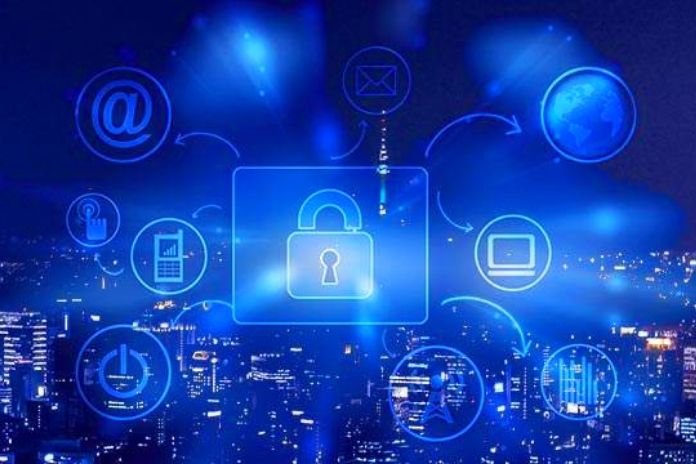The Role Of Cybersecurity In An IoT World
No matter how sophisticated IoT devices and systems become, they still operate in an IoT world. And as such, they need to adopt a cooperative cyber protection strategy.
There are only two types of people when it comes to cybersecurity: those who have focused on creating a closed system that cannot be breached and those who have recognized that converging technologies require a more ecosystem-centric approach. As the industry migrated from analog to IP technology and now to the new IoT ecosystem – the Internet of Things, every cybersecurity action put in place (or lack thereof) can affect the entire network.
Hence, systems and devices must converge on an operational and cybersecurity level. In addition, in addition to networks, smartphones, laptops, and tablets that run software that needs access to the system – all of which pose a potential cyber risk. It could be a “Trojan Horse” virus accidentally introduced through a device or a hacker exploiting an insecure connection to cloud storage.
Ensuring An Interconnected Network
The solution is to find a way to combine best practices from the physical security world with IT best practices without introducing new cybersecurity vulnerabilities to other system components. Cyber threats and vulnerabilities become much more complex in a converged ecosystem, such as an IP-based physical security landscape.
See, not only does the number of components increase, but the number of technology vendors involved in the system also increases, and so does the volume of users accessing them. To mitigate risks in this kind of open ecosystem, you need all vendors to operate with the same cybersecurity playbook.
How To Mitigate Cyber Risks
Technology, physical security, and IT vendors must work as a cohesive unit, reaching a consensus on current cyber-attack mitigation standards and technologies. In most cases, video surveillance cameras and video management systems (VMS) are selected based on two main criteria: the provider’s specific intended use (perimeter protection, surveillance in public areas, etc.). However, there is a third criterion: the manufacturer. Does the camera manufacturer adhere to the same security protocols as the VMS manufacturer? Do these protocols integrate seamlessly with the client’s current suite of hardware, software, and cyber protection protocols?
Another critical question arises as the ecosystem runs on the IT infrastructure: who is responsible for connectivity? Do cybersecurity strategies for systems and devices connected to the physical security network now belong to IT? Or does the physical security department require IT to support cybersecurity technologies built into physical security solutions? The simple answer is that physical security management must work with integrators and vendors to design solutions that help current IT methodologies for mitigating cyber risks from the ground up.
Security Across The Entire Lifecycle Of An IoT Device
Lifecycle management is a critical aspect of ensuring cybersecurity in an increasingly IoT world. With an ever-evolving threat landscape, software-basing technologies inevitably need to regularly update and patch against new risks.
Good manufacturers regularly release firmware updates and security patches to address vulnerabilities, fix bugs, and address other issues that can affect performance over time. Unfortunately, not all end users are as disciplined in implementing these updates when available. Following lifecycle management best practices helps ensure business security.
Cybersecurity Is A Team Effort
The similarities in cybersecurity, IoT, and physical security may seem self-evident. But a few key concerns should remain at the forefront of any system builder. No matter how sophisticated IoT devices and systems become, they still operate in an IT world. And as such, they need to adopt a cooperative cyber protection strategy. Mature IoT technologies, like physical security, will need to evolve to benefit from emerging IoT-focused cyber protection techniques.
Those in the security and IT industry trenches will need to understand their organization’s environment. And deal with the increasing risk of cyberattacks. Not as an individual task but as a joint effort between the vendor and the professionals. We need to work with standard tools to provide the end-user with the best cyber protection possible. While living within the budget constraints typical to most companies.
Also Read: With IoT Comes New Technology Skills
Share this content:












Post Comment